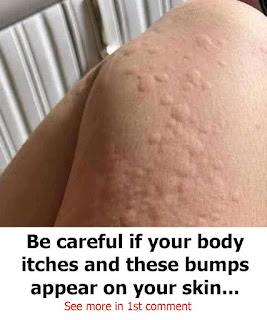Have you ever noticed sudden red, itchy bumps appearing on your skin for no apparent reason? These mysterious welts, known as hives or urticaria, can pop up anywhere on your body and vanish just as quickly as they came. While they might look alarming, hives are actually your body’s way of reacting to something it doesn’t like.
Hives form when special cells in your skin release histamine, causing tiny blood vessels to leak fluid. This creates those familiar raised patches that can range from small dots to large, merging blotches. What’s fascinating is how quickly they can change – disappearing from one spot only to reappear somewhere else within hours.
Some people experience hives briefly, while others deal with them for weeks or even longer. In rare cases, deeper swelling called angioedema can occur around the eyes, lips, or throat, which needs immediate medical attention if breathing becomes difficult.
The triggers can be surprisingly varied – from everyday foods like nuts or shellfish to something as simple as temperature changes or stress. Even tight clothing or sunlight can bring them on for some people. While antihistamines usually help control the itching and swelling, the best approach is figuring out what’s causing your hives in the first place.


